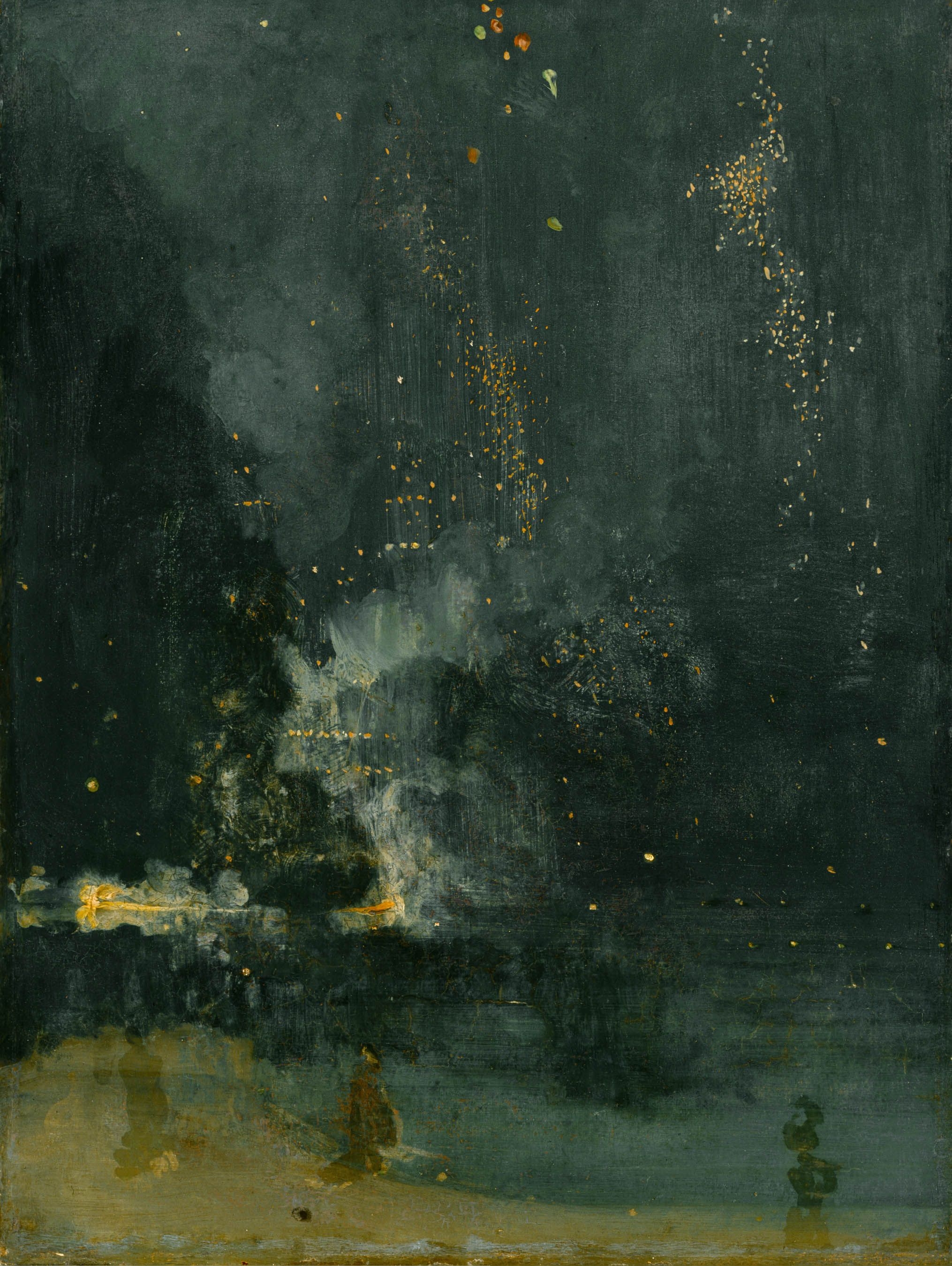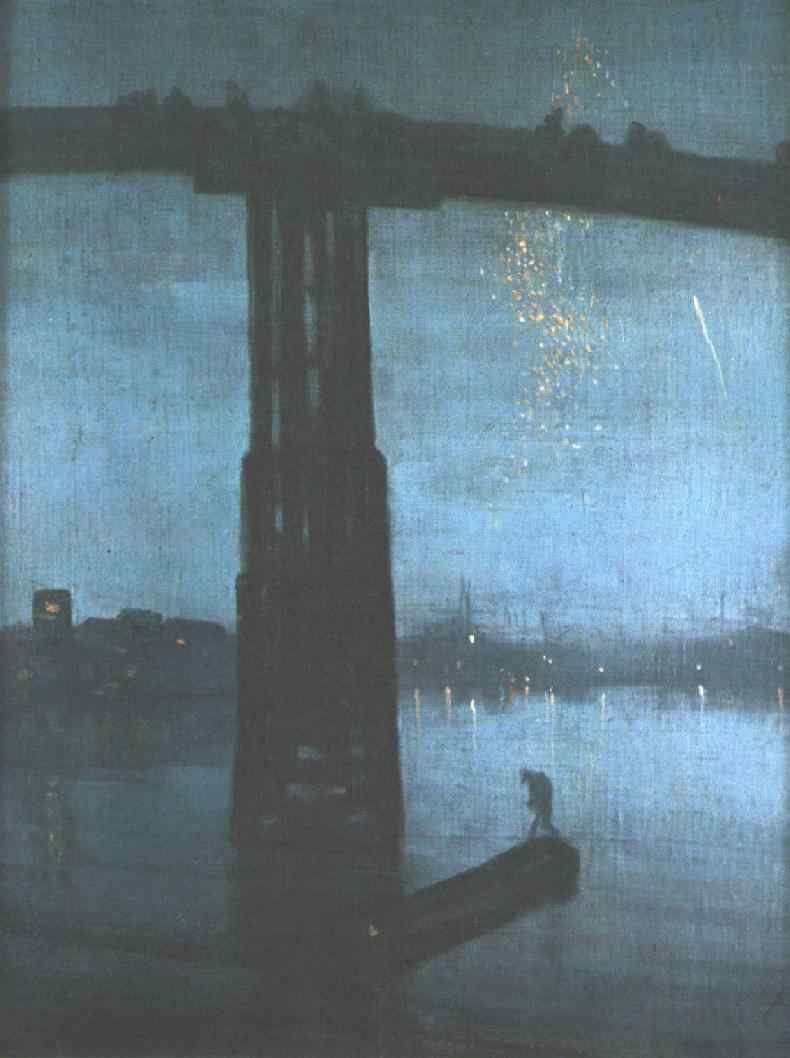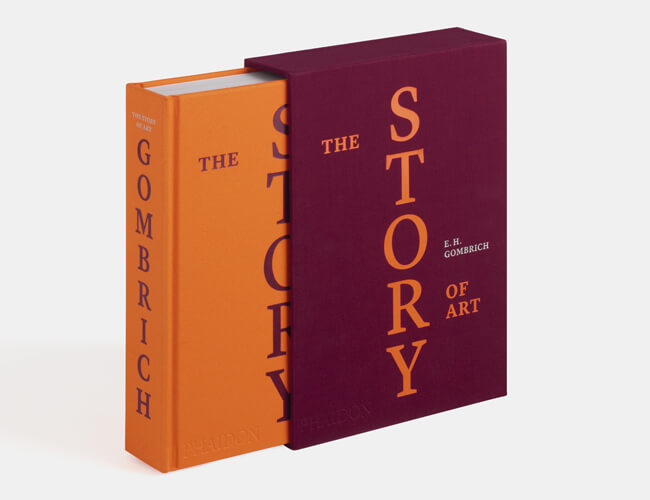
Why Whistler sued Ruskin for libel
On Whistler's birthday, the story of the paintings that became the subject of a court case which bankrupted him
Back in 1877, London's Cremorne Gardens was about as modern a setting as any artist could desire. This pleasure garden, beside the River Thames in Chelsea, had glass pavilions lit with gas jets, balloon rides, outdoor dances, food, beer and soft drinks, and a very good fireworks display.
By the 1870s, the American-born artist James Whistler was ensconced in Cheyne Walk, beside Cremorne Gardens, and on good terms with the ferrymen who worked that stretch of the river. He began work on a series of paintings he termed his Nocturnes – misty, moody land and riverscapes composed of browns, blues, greens and blacks, with occasional swatches of brightness, standing in for Cremorne Gardens' fireworks.
Whistler had already spent time in Paris, and understood how the Impressionists turned misty harbours, merry outdoor scenes and the play of light into ground-breaking works of art.
Yet, as E H Gombrich explains in The Story of Art, "He was not an Impressionist in the strict sense of the word, any more than Degas or Rodin, for his main concern was not with the effects of light and colour, but rather with the composition of delicate patterns."

Whistler was a pioneer, and, as Gombrich puts it, "felt called upon to fight the battle for modern art almost single handed." In these Nocturnes he pushed Impressionism's disregard for objective accuracy, and combined it with Japanese techniques, to produce a heavily atmospheric, misty, moody style that would become known in the late 19th century as Tonalism.
Not everyone celebrated this development, as Gombrich explains. In 1877 Whistler exhibited his Nocturnes, asking 200 guineas for each. John Ruskin, the great critic who had championed Turner and the Pre-Raphaelites, wrote 'I have never expected to hear a coxcomb ask two hundred guineas for flinging a pot of paint in the public's face.'"
Whistler sued Ruskin for libel. The case was heard at the Old Bailey. Over the two day hearing many figures from the art world gave evidence and the popular press discussed the value of art. Whistler’s painting had subverted the idea that art should have some moral or didactic purpose.
Under cross examination, the artist was asked whether he could really demand such a high figure for a painting that had probably only taken two days to paint. He replied 'No, I ask it for the knowledge of a lifetime.'

Whistler won the case, though he was awarded just a farthing for damages and refused costs. The Nocturnes, brought into the court upside down and lampooned in the press, were now unsaleable. Whistler was subsequently declared bankrupt. Ruskin was appalled by what he saw as Whistler's moral victory and resigned his professorship at Oxford. The fallout from the case affected Ruskin and Whistler for the rest of their days.
Nevertheless, the influence of his moody Nocturnes lived on in the Tonalist works of fellow American landscape artists such as Leon Dabo and Frank Nuderscher, as well as later practitioners, such as the US modernist Milton Avery and the American photographic pioneer, Alfred Stieglitz.
Meanwhile, his assertion that man hours or pictorial accuracy were far less important than a supreme sense of artistic sensibility "gained importance," Gombrich writes, "as the nineteenth century drew to a close."
For more on the development of modern American painting, get Modern Art in America 1908-68; for more on Whistler's place in art history get The Story of Art; for more on artistic movements, get Art in Time.